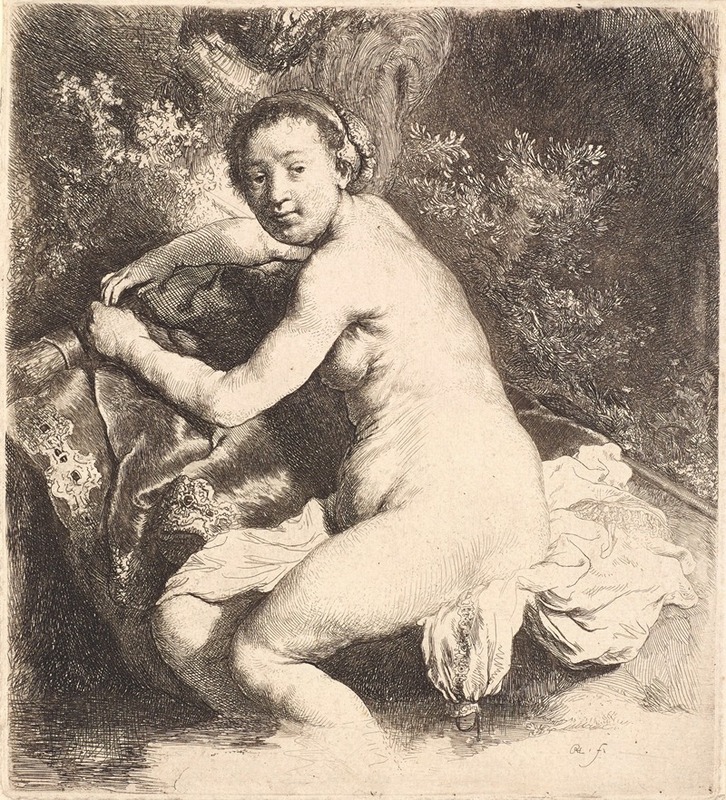
Diana at the Bath
A hand-painted replica of Rembrandt van Rijn’s masterpiece Diana at the Bath, meticulously crafted by professional artists to capture the true essence of the original. Each piece is created with museum-quality canvas and rare mineral pigments, carefully painted by experienced artists with delicate brushstrokes and rich, layered colors to perfectly recreate the texture of the original artwork. Unlike machine-printed reproductions, this hand-painted version brings the painting to life, infused with the artist’s emotions and skill in every stroke. Whether for personal collection or home decoration, it instantly elevates the artistic atmosphere of any space.
"Diana at the Bath" is a painting by the renowned Dutch artist Rembrandt van Rijn, created in 1631. This work is a fine example of Rembrandt's early style, showcasing his mastery in depicting human figures and his interest in classical themes. The painting illustrates the Roman goddess Diana, known in Greek mythology as Artemis, who is associated with hunting, the moon, and chastity.
In "Diana at the Bath," Rembrandt captures a moment of intimacy and vulnerability, portraying the goddess in a private setting. The painting is notable for its realistic depiction of the human form, a characteristic feature of Rembrandt's work. Diana is shown seated, partially nude, with a contemplative expression, suggesting a moment of introspection or repose. The use of light and shadow in the painting highlights Rembrandt's skill in chiaroscuro, a technique that creates a dramatic contrast between light and dark areas, adding depth and volume to the figure.
Rembrandt's choice of subject reflects the 17th-century Dutch interest in classical mythology, which was a popular theme among artists of the time. However, unlike many of his contemporaries who often idealized mythological figures, Rembrandt's portrayal of Diana is more grounded and realistic, emphasizing her humanity rather than her divinity. This approach aligns with Rembrandt's broader artistic philosophy, which often focused on the human condition and the emotional depth of his subjects.
The painting is executed with a limited color palette, primarily using earth tones, which enhances the naturalistic feel of the scene. The background is kept relatively simple, drawing the viewer's attention to Diana herself. This compositional choice is typical of Rembrandt's work, where the focus is often on the subject rather than elaborate settings or backgrounds.
"Diana at the Bath" is housed in the Louvre Museum in Paris, where it is part of a larger collection of Rembrandt's works. The painting is an important piece within Rembrandt's oeuvre, illustrating his early development as an artist and his ability to convey complex emotions through his subjects. It also provides insight into the cultural and artistic milieu of the Dutch Golden Age, a period marked by significant achievements in art, science, and trade.
The painting's provenance includes its acquisition by the Louvre, which has helped preserve and showcase Rembrandt's legacy to a global audience. As with many of Rembrandt's works, "Diana at the Bath" continues to be studied and admired for its technical brilliance and its poignant portrayal of a mythological figure in a moment of quiet reflection.


















